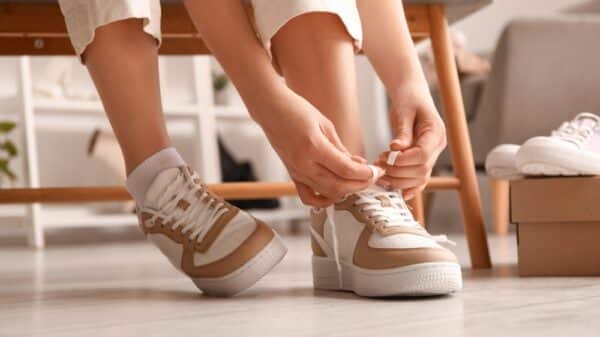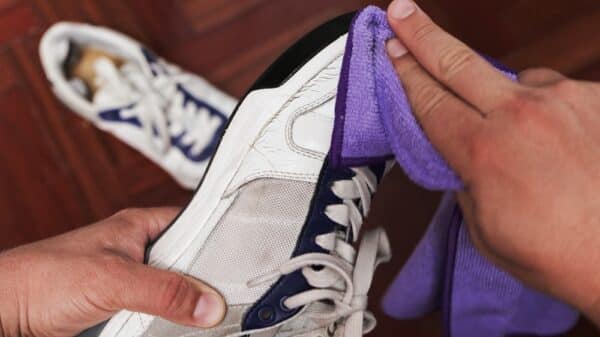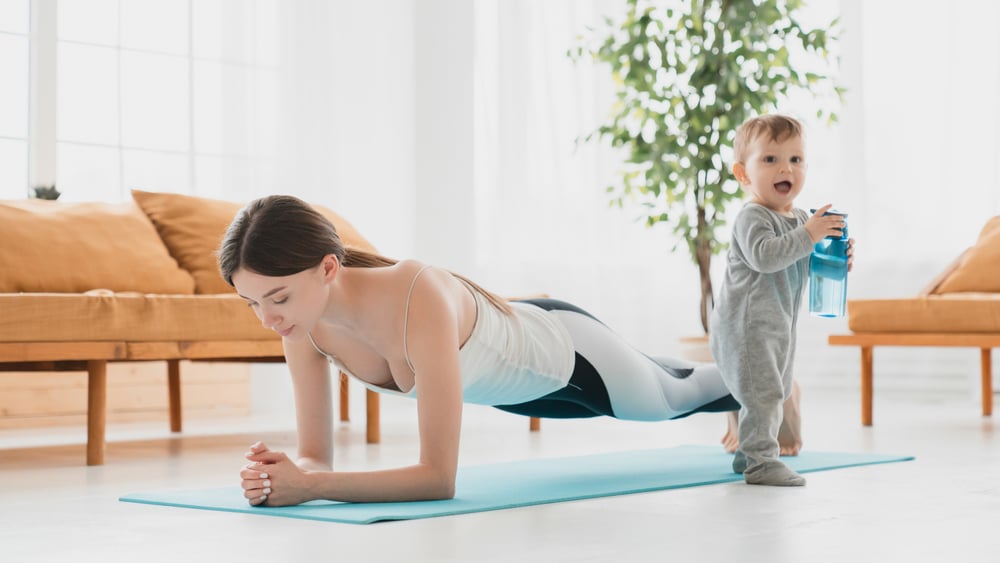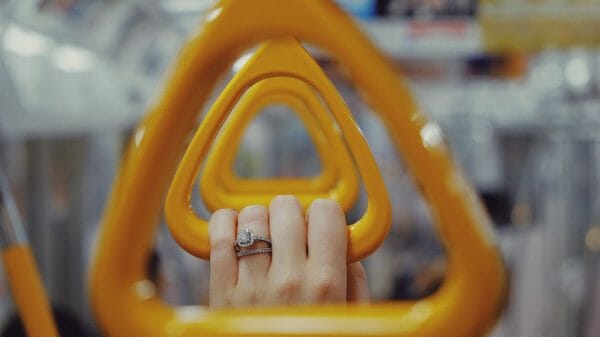You’ve probably encountered the term Pilates (pronounced pill-LAH-tease) at some point in recent years. But what does it really mean? Let’s take a closer look at its roots and relevance today.
The story of Pilates begins in the early 20th century, shaped by the ingenuity and resilience of Joseph Pilates. As a German national interned in an English camp during World War I, he faced immense challenges. But rather than succumb to his circumstances, he crafted a series of floor exercises that would not only strengthen his own body but also help other detainees recover from injuries. Picture him using whatever he could find—bed springs, ropes, or even a simple mat—to create movements that would build strength and resilience. This resourcefulness laid the foundation for what we now know as Pilates.
After the war, Joseph moved to New York City, a vibrant place brimming with energy and opportunity. It was here, alongside his wife Clara, that he formalized his method, introducing innovative exercise apparatus designed to complement his routines. Their efforts transformed Pilates from a collection of exercises into a recognized system for achieving physical fitness and well-being.
Fast forward to today, and Pilates has grown into a global phenomenon. You can find classes in studios and fitness centers around the world, all aimed at enhancing muscle strength, promoting healing from injuries, and improving respiratory functions. The beauty of Pilates lies in its versatility—it can benefit anyone, from professional athletes to everyday individuals seeking to improve their health.
Now, let’s dig deeper into a specific branch of this practice: Clinical Pilates. Often mistaken for standard Pilates classes, Clinical Pilates brings an added layer of expertise. While regular classes are typically led by trained Pilates instructors who are passionate about fitness, Clinical Pilates takes it a step further. It’s taught by individuals who hold dual qualifications as Pilates instructors and physiotherapists. This unique blend allows them to provide a comprehensive understanding of body mechanics, injuries, and recovery processes.
For athletes grappling with injuries or anyone keen to enhance their overall physical condition, Clinical Pilates is a game changer. It accelerates recovery, strengthens muscle tone, improves flexibility, and empowers you to perform better in activities that matter to you—whether that’s chasing a soccer ball or perfecting your golf swing.
Then there’s Postnatal Pilates, often affectionately known as “mums and bubs classes.” Imagine a welcoming space filled with mothers, all navigating the complexities of postpartum recovery, with little ones in tow. This specialized form of Pilates is thoughtfully designed for women fresh from childbirth, focusing on exercises that enhance core stability and bolster the pelvic floor. These areas undergo considerable strain during pregnancy and birth, and the targeted movements in Postnatal Pilates work to restore strength and balance.
At Propel Physiotherapy, there’s a uniquely supportive atmosphere led by Aileen—a mom and a qualified physiotherapist herself. With her understanding of both the challenges and joys of motherhood, she adapts the sessions to meet the diverse needs of participants. It’s about more than just exercise; it’s about fostering a community that recognizes and celebrates the journey of motherhood while empowering women to reclaim their strength.
In each of these Pilates journeys—whether in the traditional studio, the clinical setting, or postpartum classes—the common theme is empowerment. Pilates is about providing the tools you need to connect with your body, recover from setbacks, and celebrate your progress, no matter where you are on your health journey. As you step onto the mat, know that you’re not just exercising; you’re embarking on a path of renewed strength and self-discovery.































